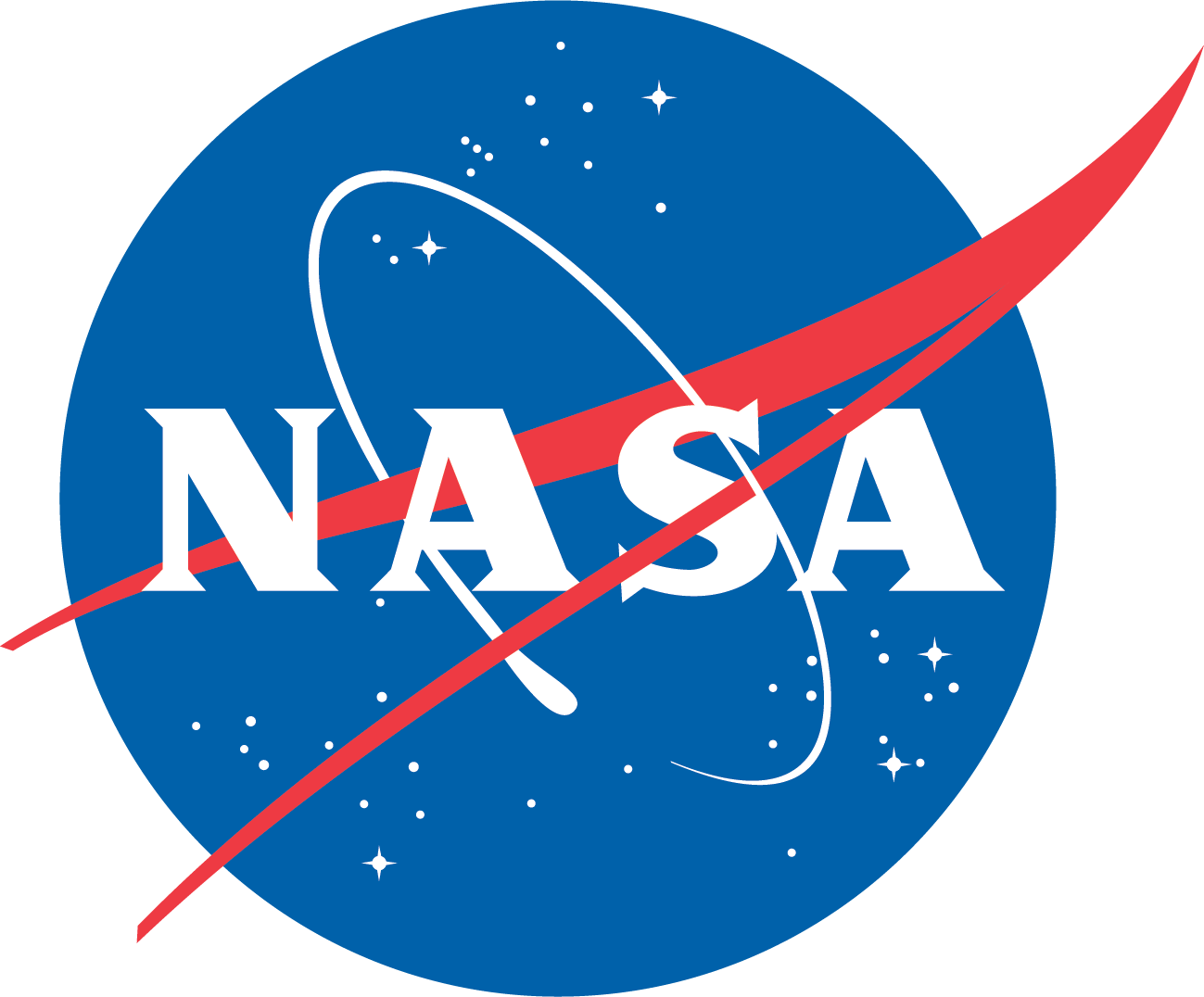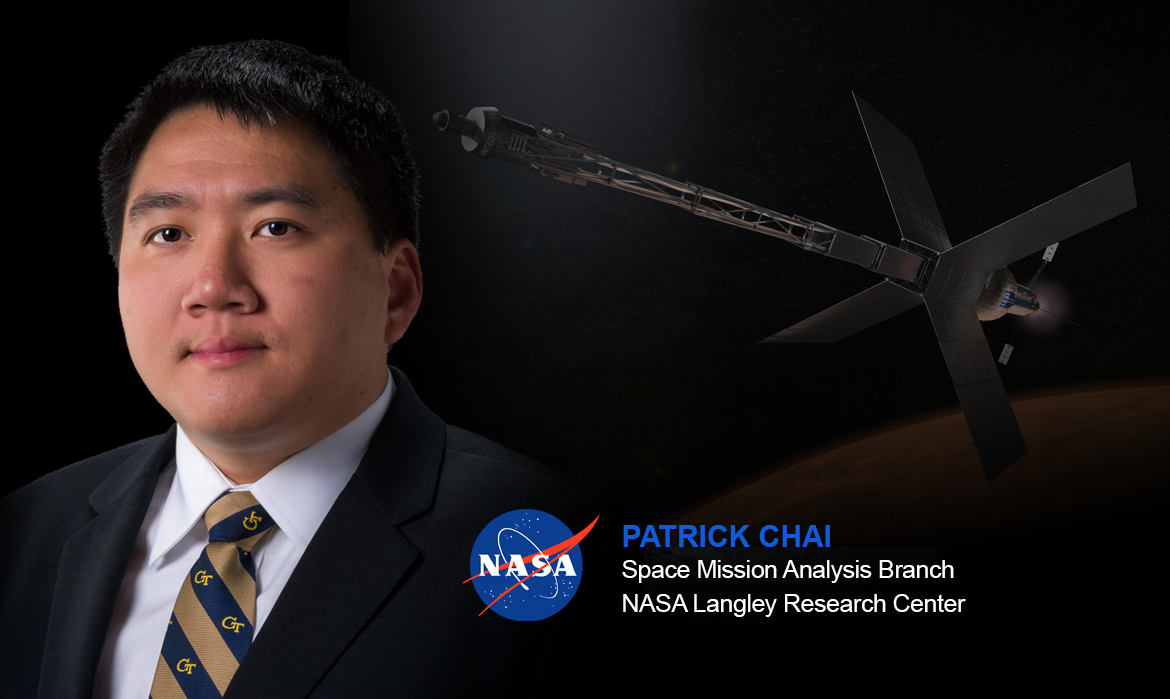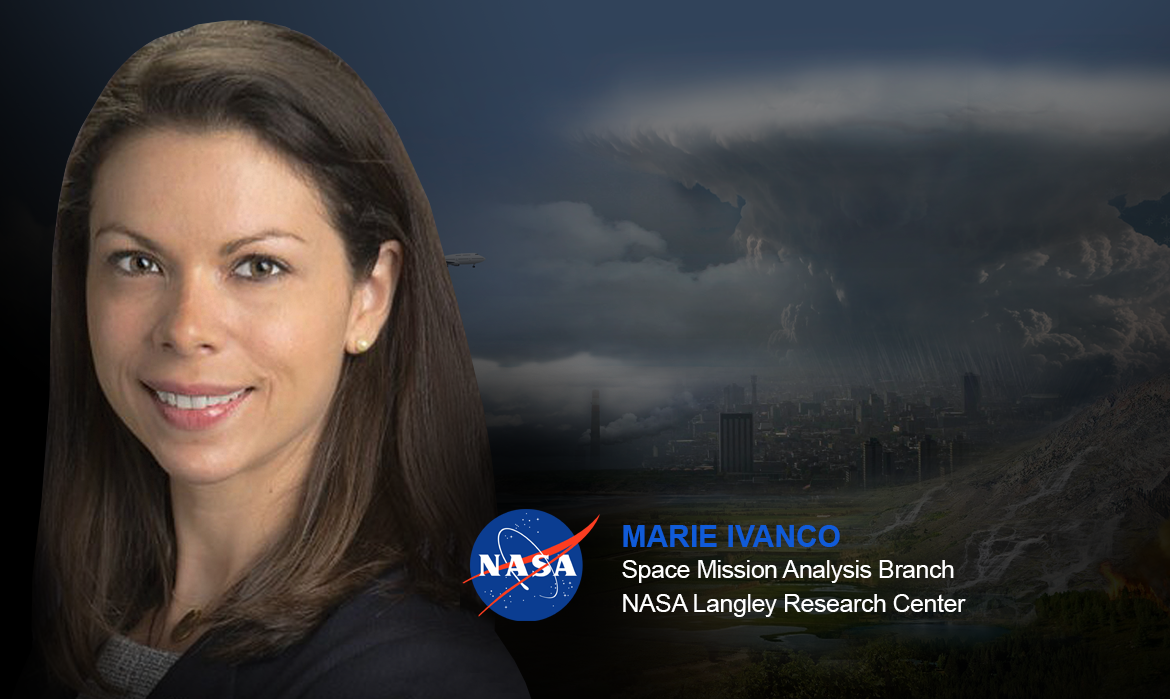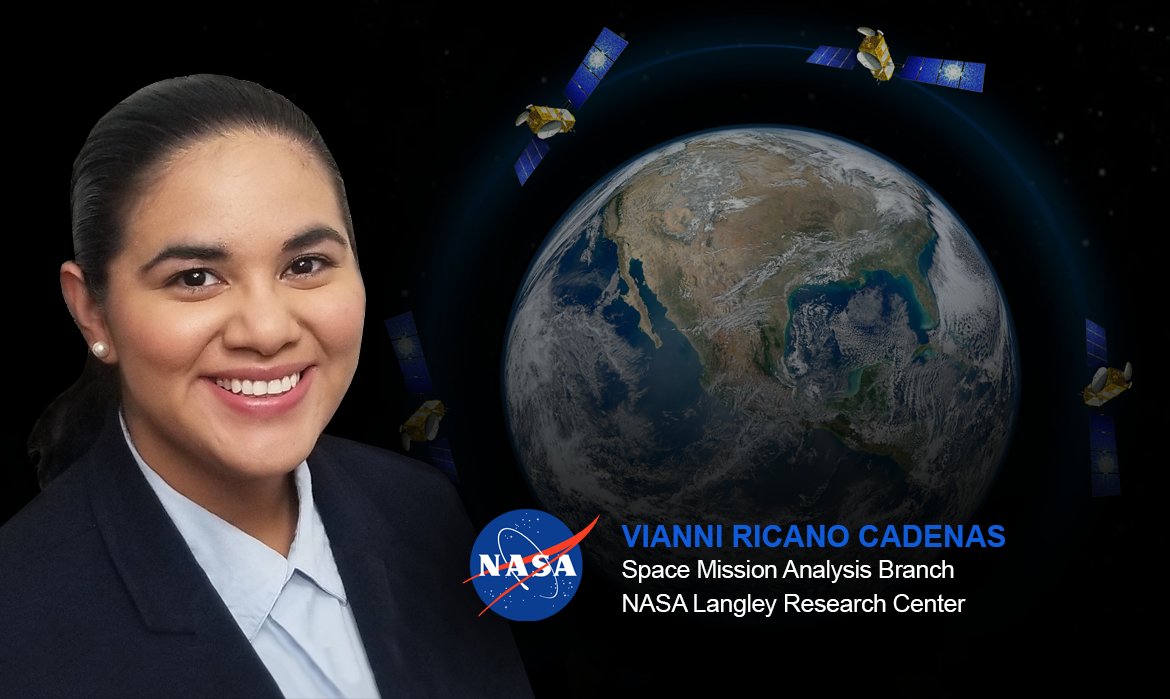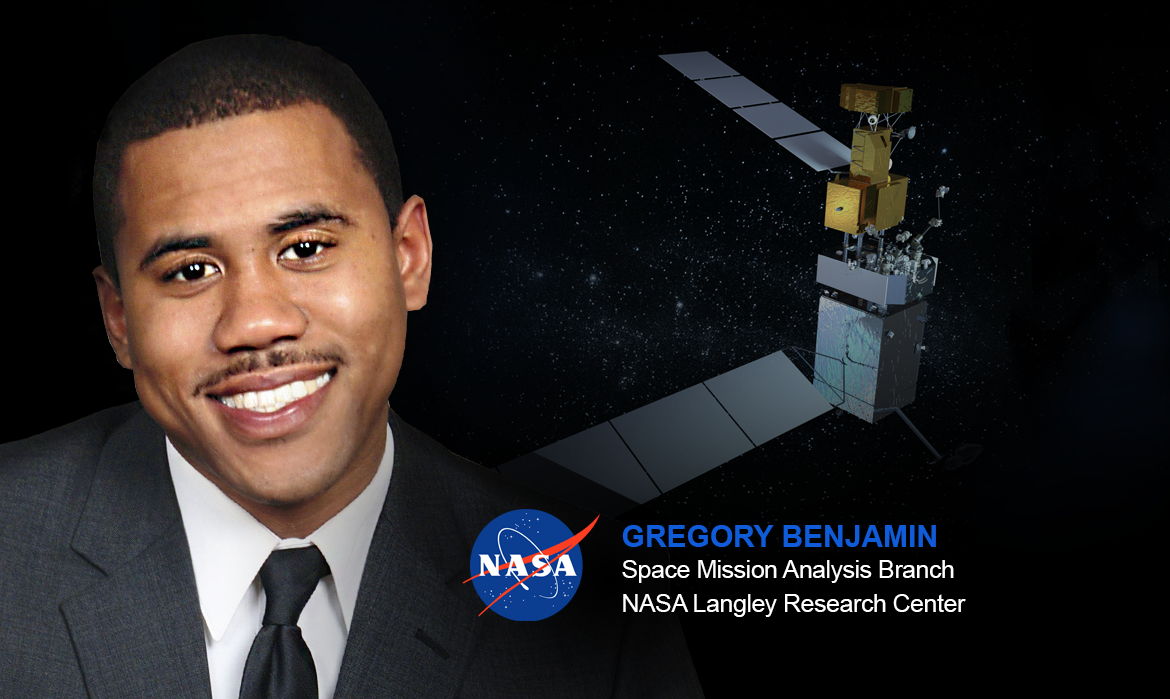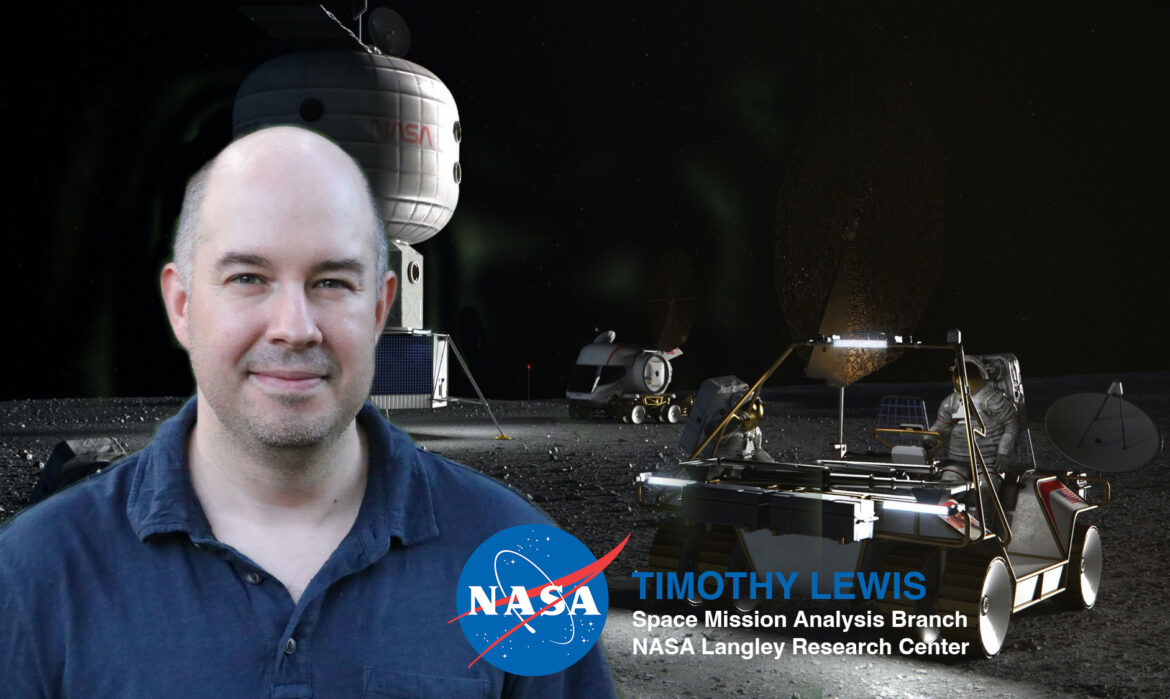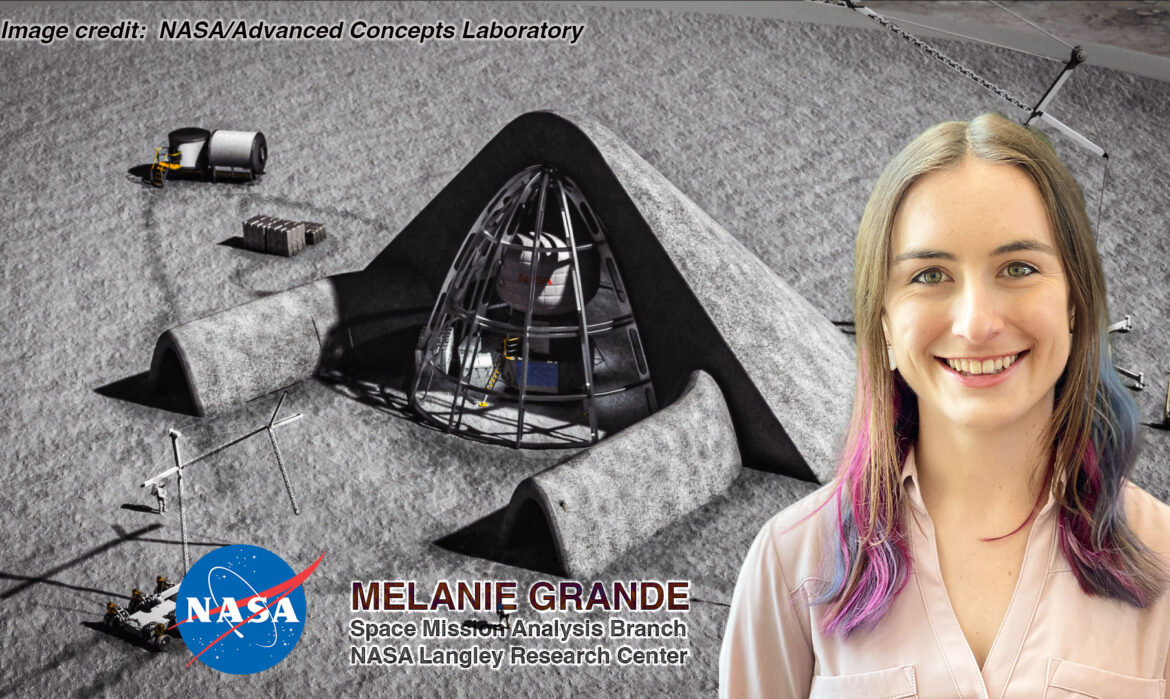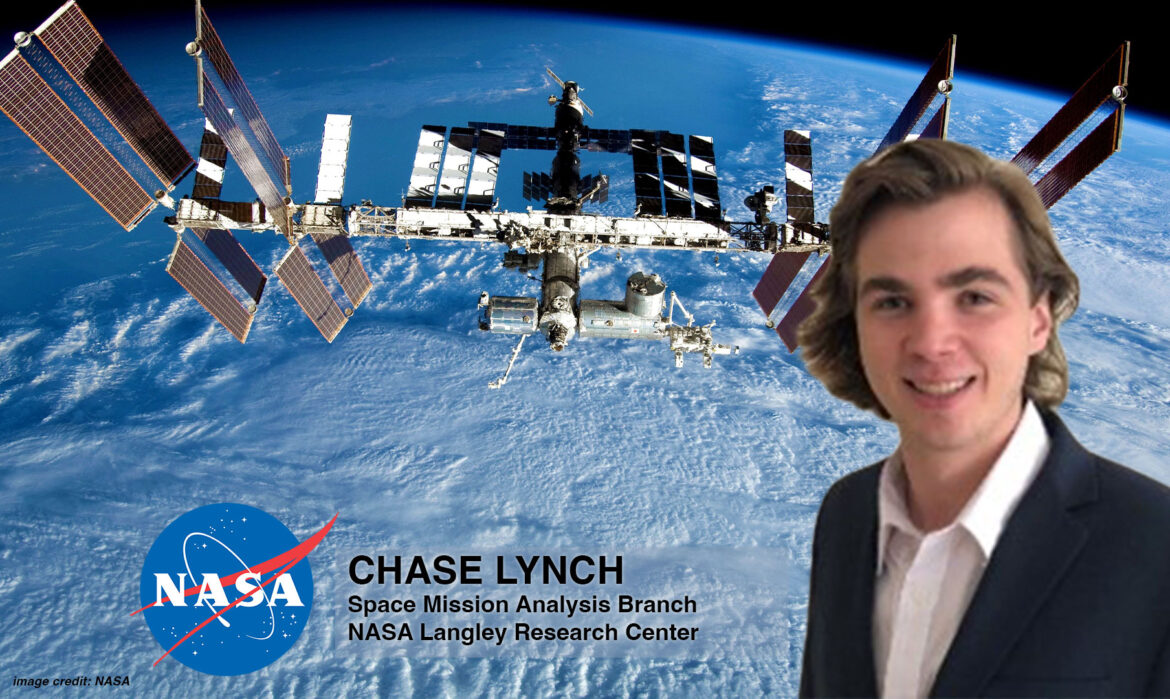Imagining a Lunar Safe Haven, featuring Melanie Grande
We are going back to the Moon and staying for longer periods of time. That means astronauts need a shelter that protects them from the dangers of the lunar environment. Such hazards include micrometeoroids from above, moonquakes from below, and radiation everywhere.
As for any other construction project, a good project manager is required: a specialist to consider all the parts and pieces, how they fit together, and what kind of timeline is necessary to build a structure. Enter Melanie Grande, an aerospace engineer with the the Space Mission Analysis Branch (SMAB), part of the Systems Analysis and Concepts Directorate at NASA’s Langley Research Center in Hampton, VA.
“The Lunar Safe Haven team that proposed the project was looking for someone to lead who had a systems analysis background,” she recalls. “They wanted that because there are so many different disciplines involved in this project, from excavation and construction to autonomy to in-situ resource utilization (ISRU).”
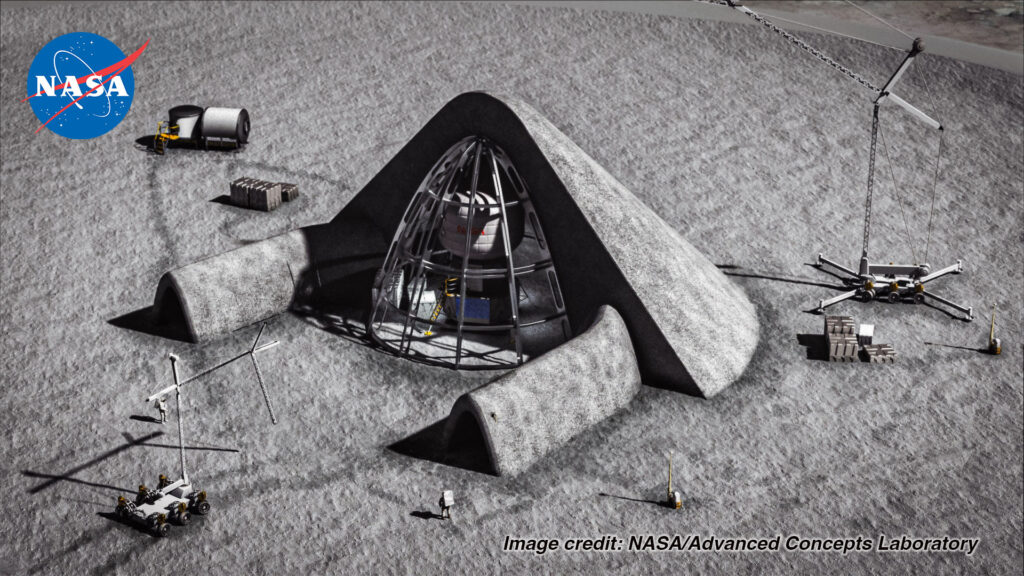
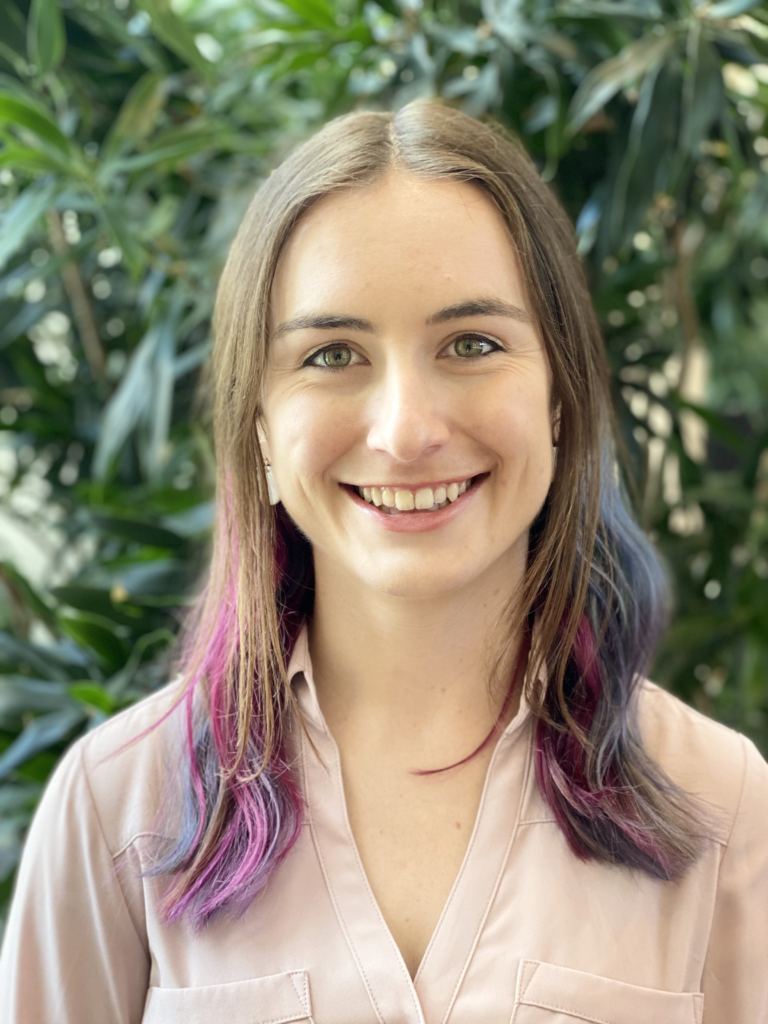
“It is of interest to NASA to invest in technologies that provide a sustainable future on the Moon. We’re not just going there to put boots and a flag on the surface and then leave.“
Safe and Sustainable
In keeping with NASA’s sustainable exploration goals, the lunar safe haven concept needed to be more than just protective. ISRU means using materials or resources found or manufactured on other astronomical objects, i.e. the Moon or Mars, or from used spacecraft already present.
“The purpose of the Lunar Safe Haven Seedling Study was to look at using in situ resources (those already on the Moon) in order to build a protective system for astronauts while they’re on the surface,” Grande explains, “so those materials don’t have to be launched from Earth.”
The team considered using lunar regolith (loose rock and dust that sit on a layer of bedrock), regolith-based concrete, and materials scavenged from discarded lunar landers. Also, ISRU is an investment in capabilities that can continue to build infrastructure for years to come.
“It is of interest to NASA to invest in technologies that provide a sustainable future on the Moon.,” says Grande. “ We’re not just going there to put boots and a flag on the surface and then leave.”
“I love looking at the big picture. I love looking at how all the different pieces come together.”
For this one-year trade study, it was Grande’s job to manage input from all discipline experts, to ensure that each of their perspectives was well-represented, and to catalog a breadth of safe-haven building options. She also had to factor in budgeting, availability of materials, the time needed to develop the necessary technologies, and how the structure could be maintained for years after it was built.
“I love looking at the big picture,” she says. “I love looking at how all the different pieces come together.”
A Growth Experience
Born in South Florida, Grande knew early on that she wanted to be involved in space exploration. She spent time in SMAB as a NASA Pathways intern during her undergraduate years, an experience that inspired her to focus on aerospace systems-of-systems engineering for her graduate work at Purdue University.
As the team lead for the lunar safe haven project, Grande appreciated the opportunity not only to put a lot of systems and decision analysis theory into practice, but also to collaborate with a diverse team from three different NASA centers.
“At every meeting. I was asking questions and learning more about, ‘How would you do those things,’” she remembers. “I learned so much about the different disciplines that we were involved in: autonomy, excavation, construction, site preparation, manufacturing.”
Ultimately, the team produced a report for NASA’s Space Technology Mission Directorate, detailing several options for the construction and long-term maintenance of a Lunar Safe Haven concept, along with a decision analysis framework which NASA can use to inform technology investments for years to come.
Grande is proud of what was accomplished in just one year, and believes the team presented realistic, sustainable options for protecting astronauts on the Moon.
“There is such passion behind these different experts in order to develop these capabilities,” she says. “This sort of concept, as futuristic as it may seem, is actually reasonable and achievable by the 2030s.”
More on the Lunar Safe Haven
- Design Analysis for Lunar Safe Haven Concepts
- Protecting Crew and Surface Systems with a Long-Duration Lunar Safe Haven
- Inspecting and Maintianing the Lunar Safe Haven Site
- Site Characterization and Preparation for the Lunar Safe Haven
- NASA picks Austin-based Icon to build 3D-printed structures on the moon
- ISRU: Freeing Humankind from Being Earthbound
On Grande’s Sci Fi Shelf
The Mars trilogy (Red Mars, Green Mars, and Blue Mars), by Kim Stanley Robinson
“This is a fantastic human space exploration sci-fi series that features broad timescales, political scenarios, and technological concepts. I love that in the first book, it jumps right to the first 100 people on Mars and expands pretty quickly. It would be so amazing to live in Martian colonies such as described in the book, but it’s not all sunshine and rainbows, and the characters deal with serious political challenges over the decades.”
Author: Sondra Woodward
Published: December 2022
